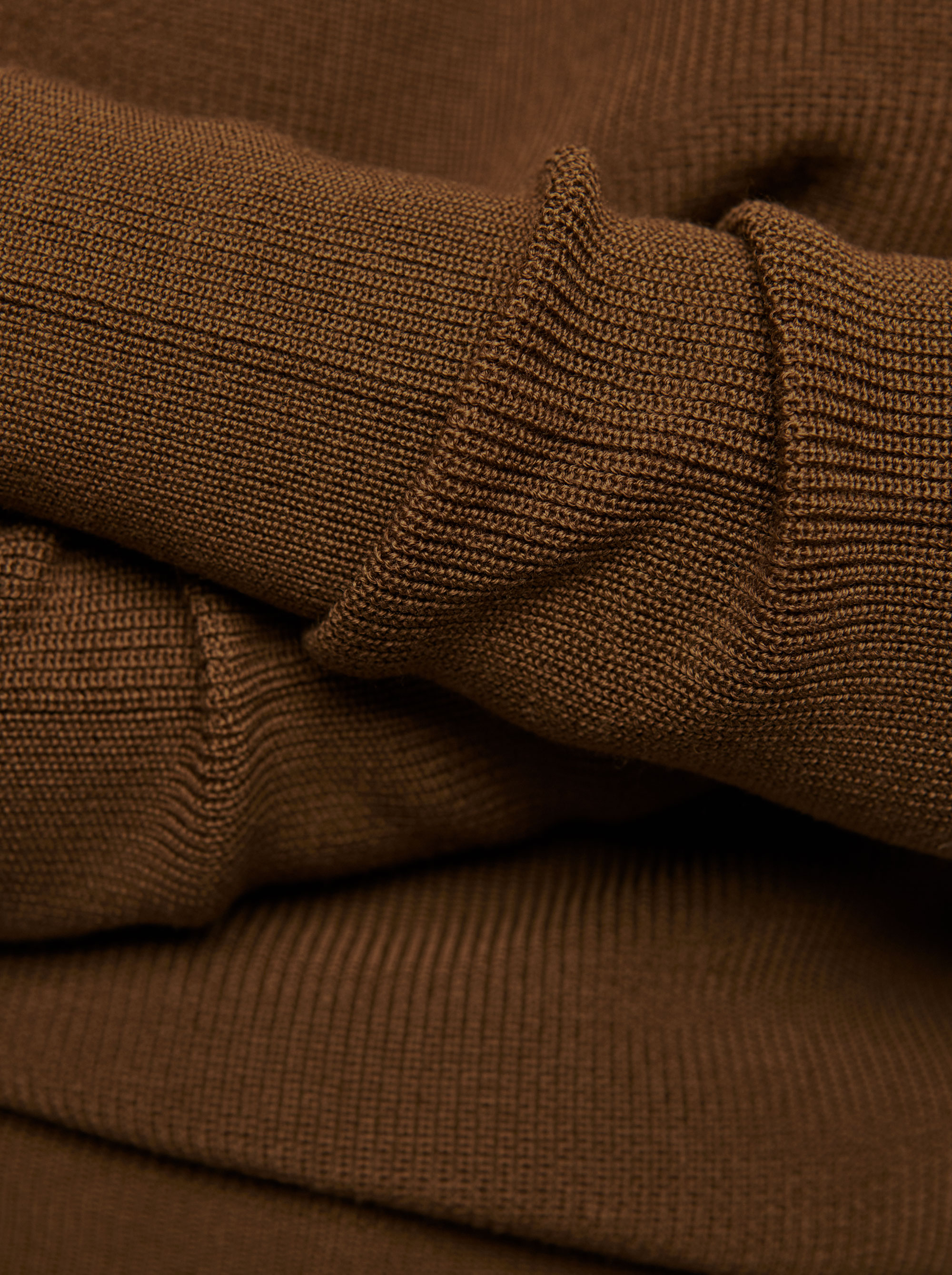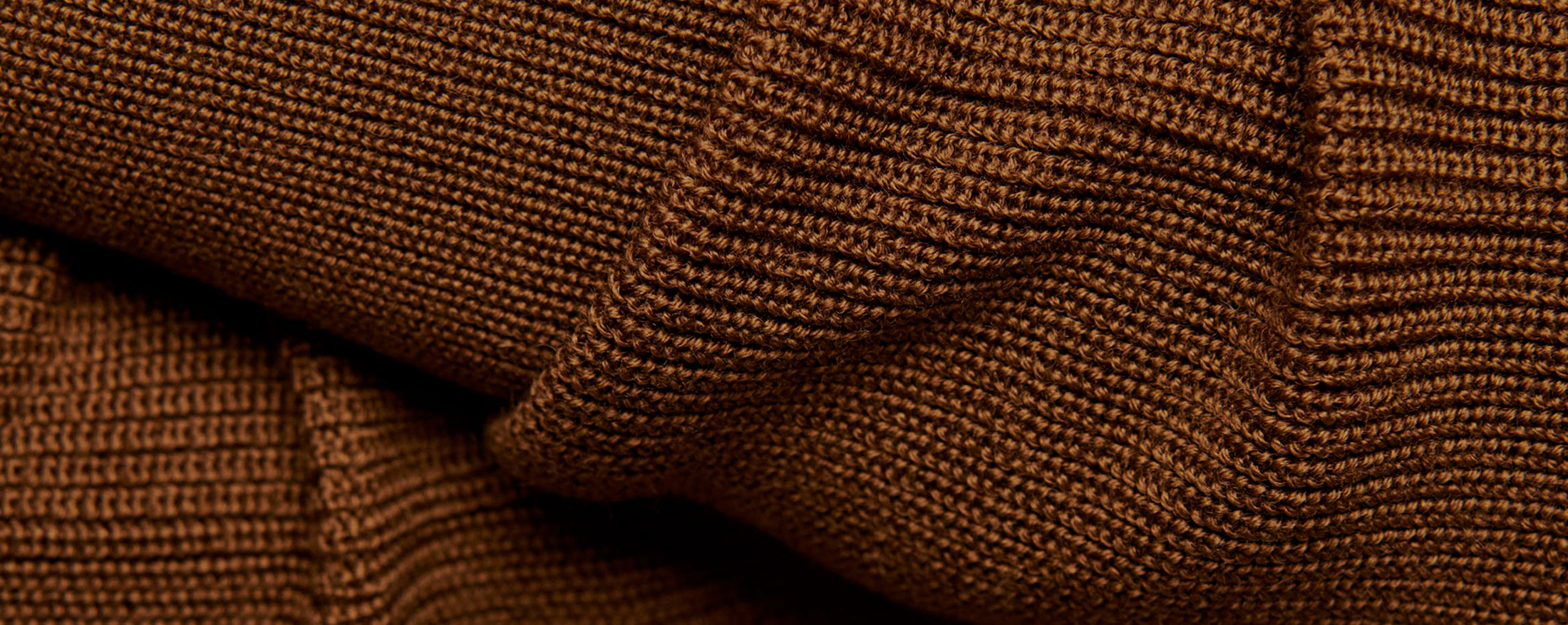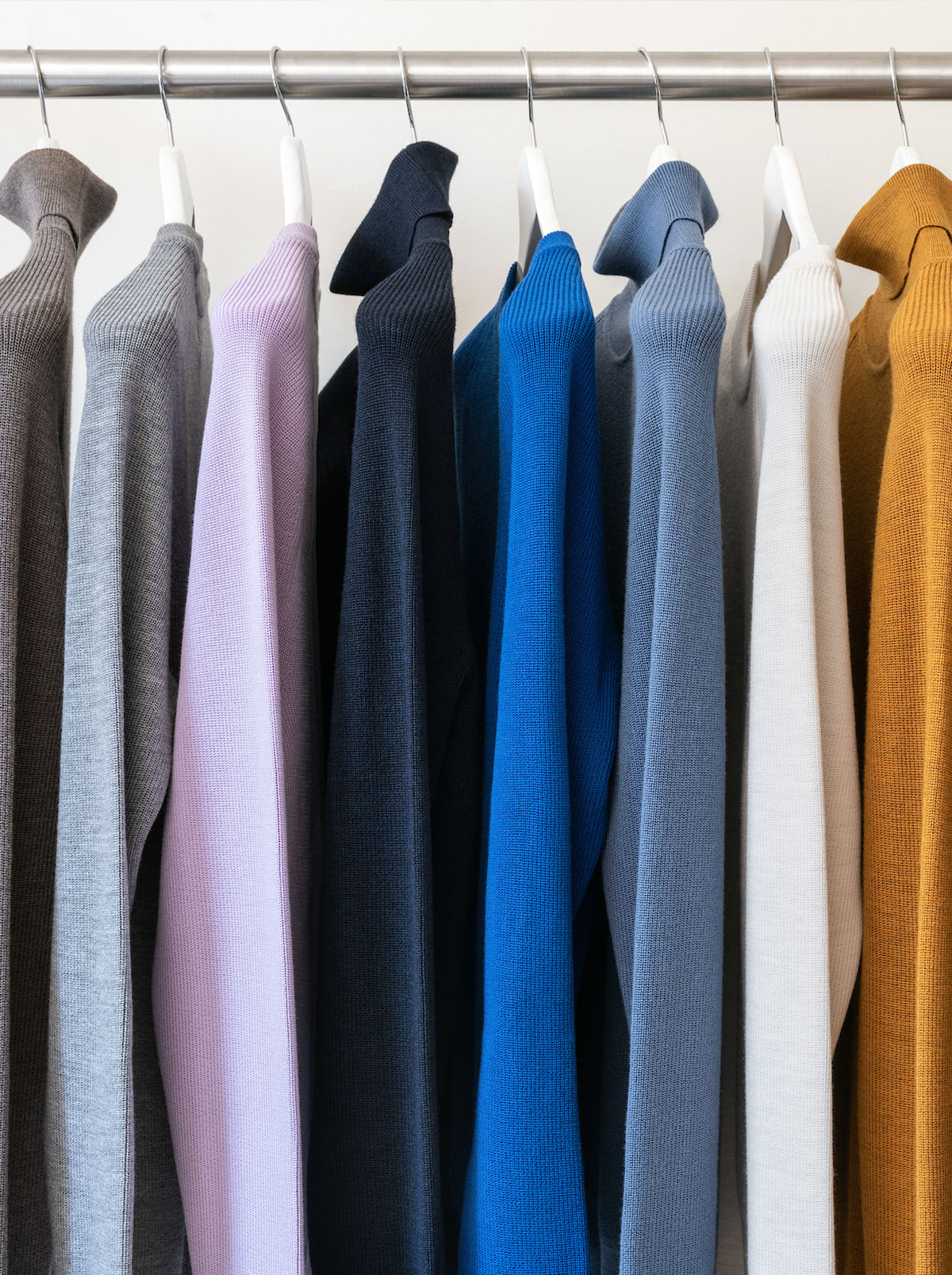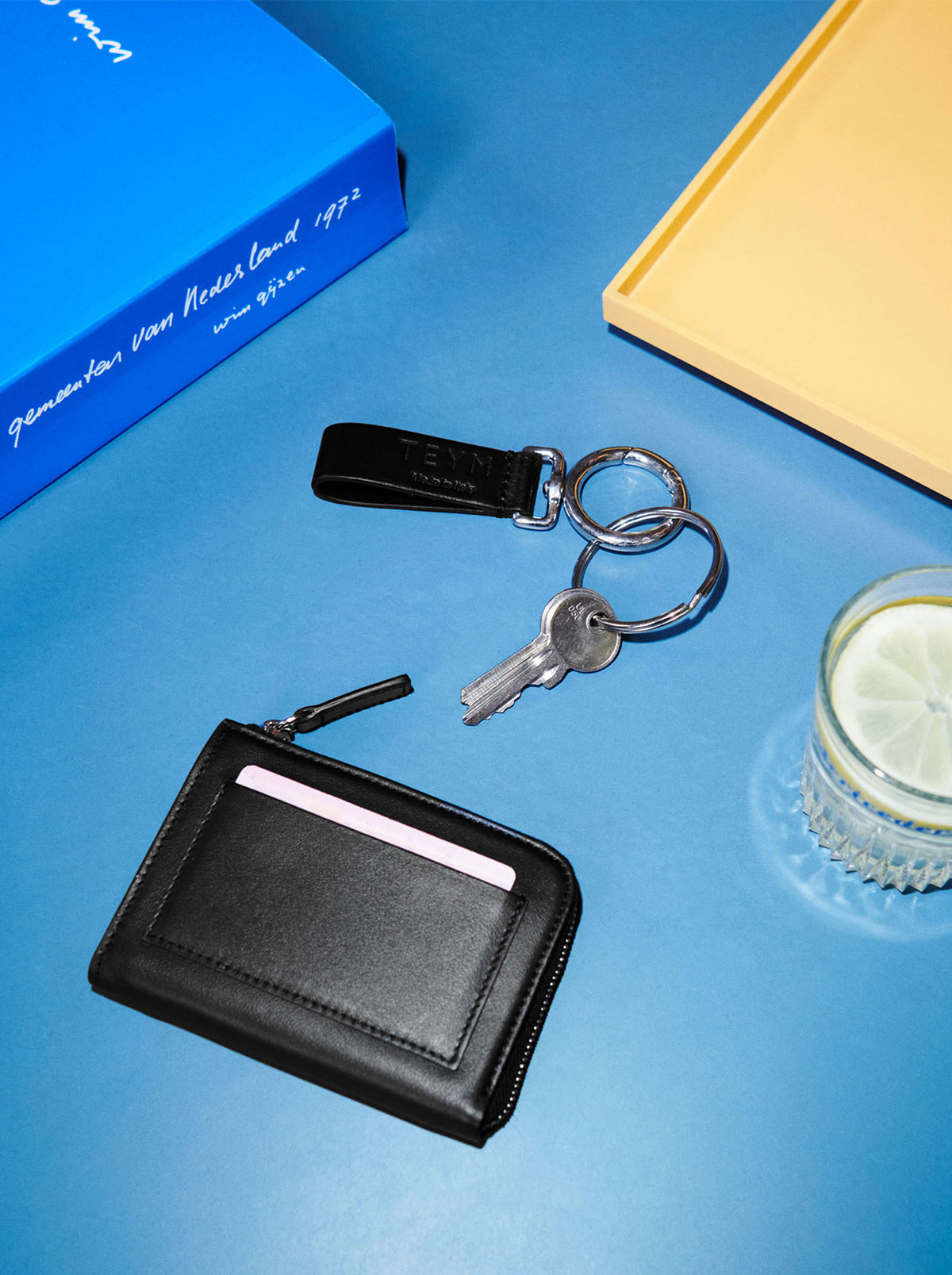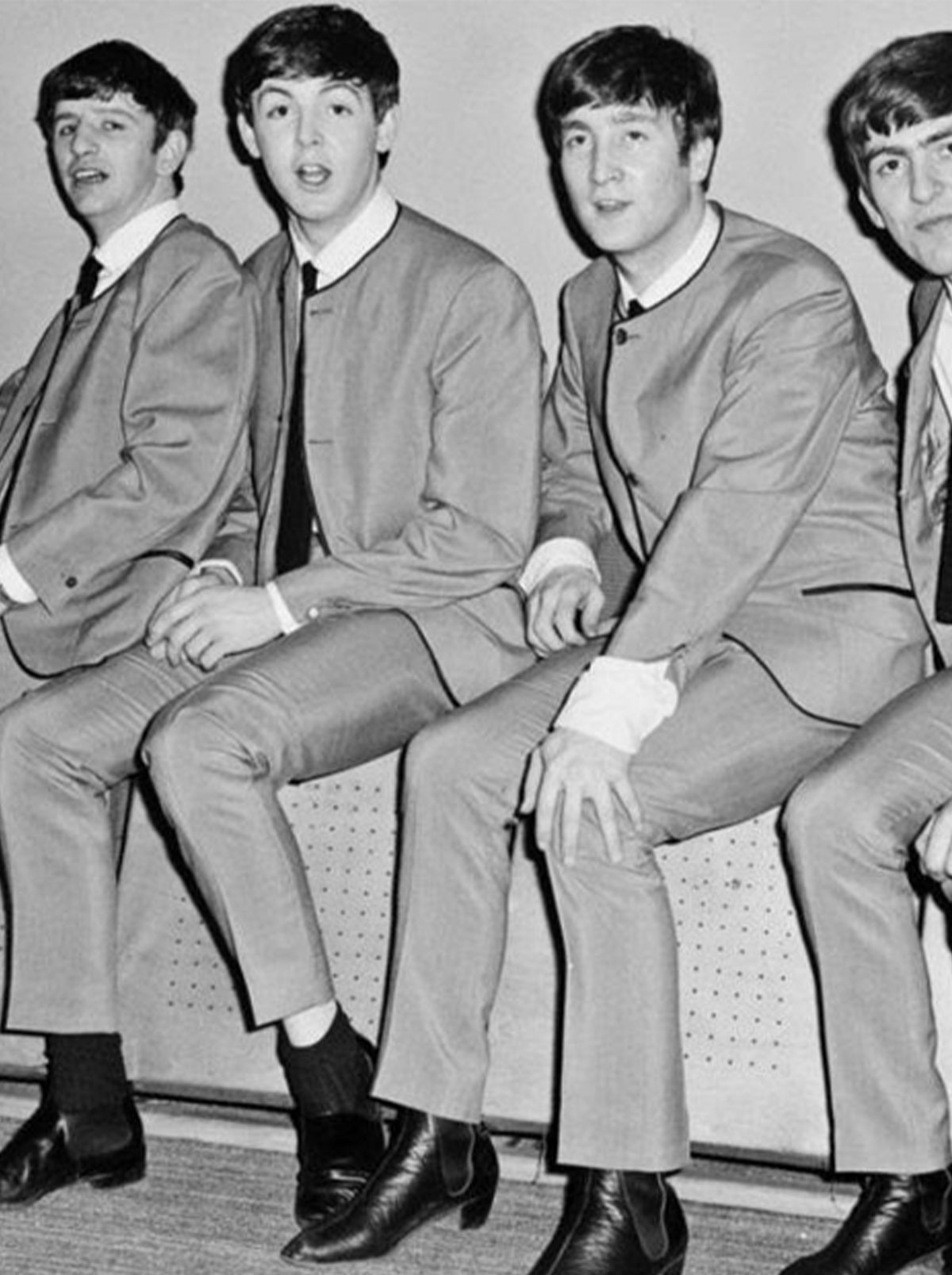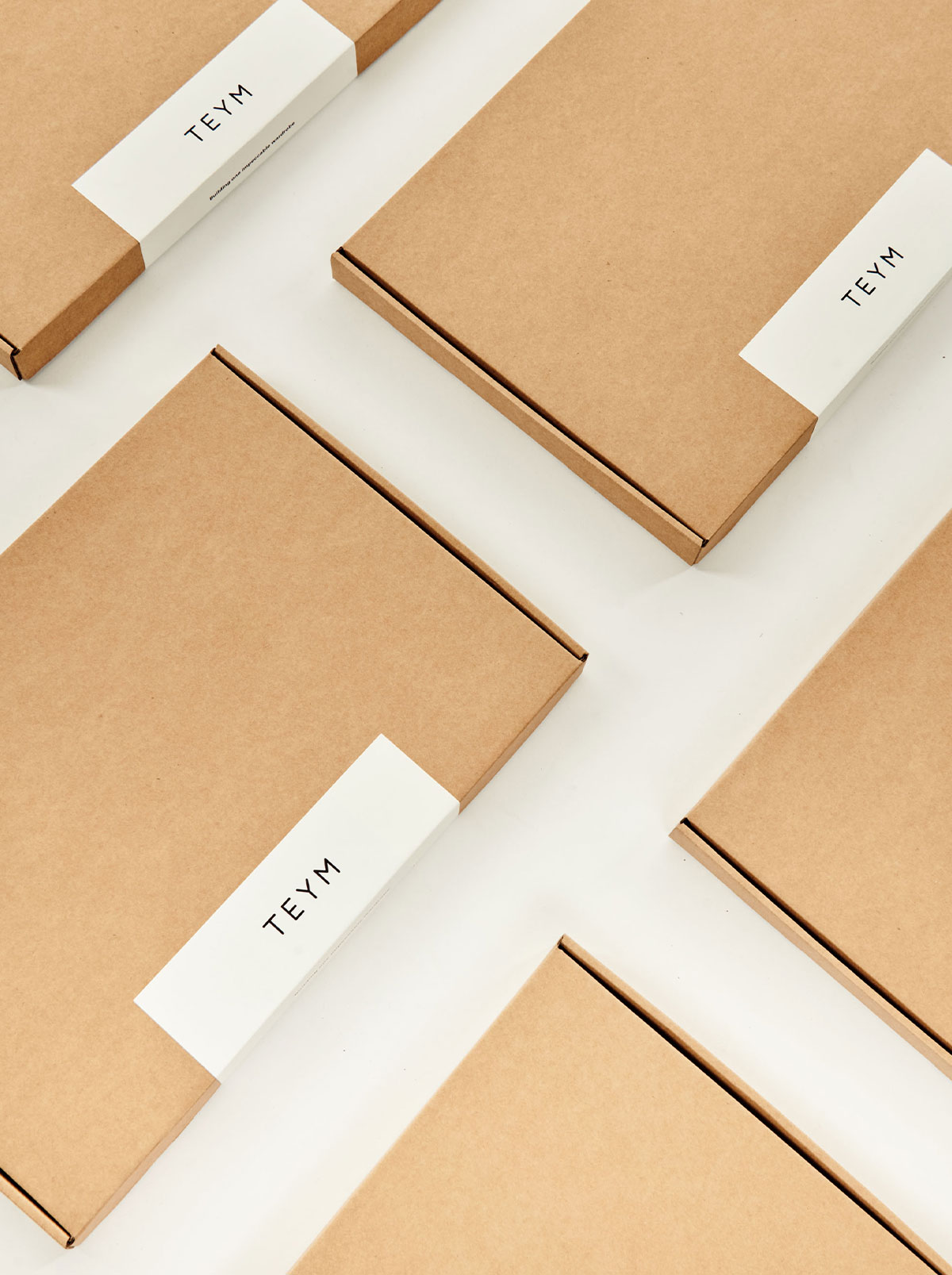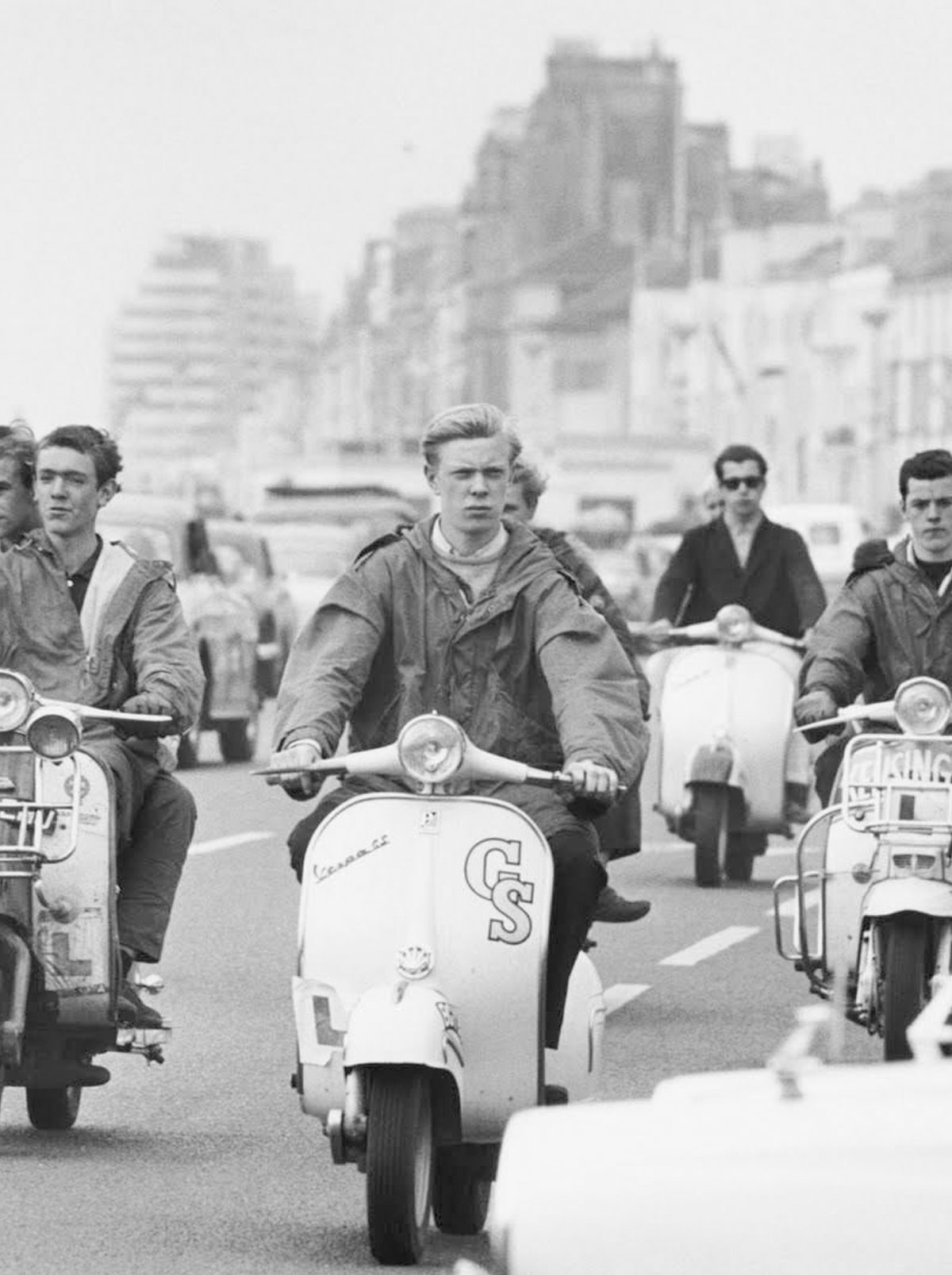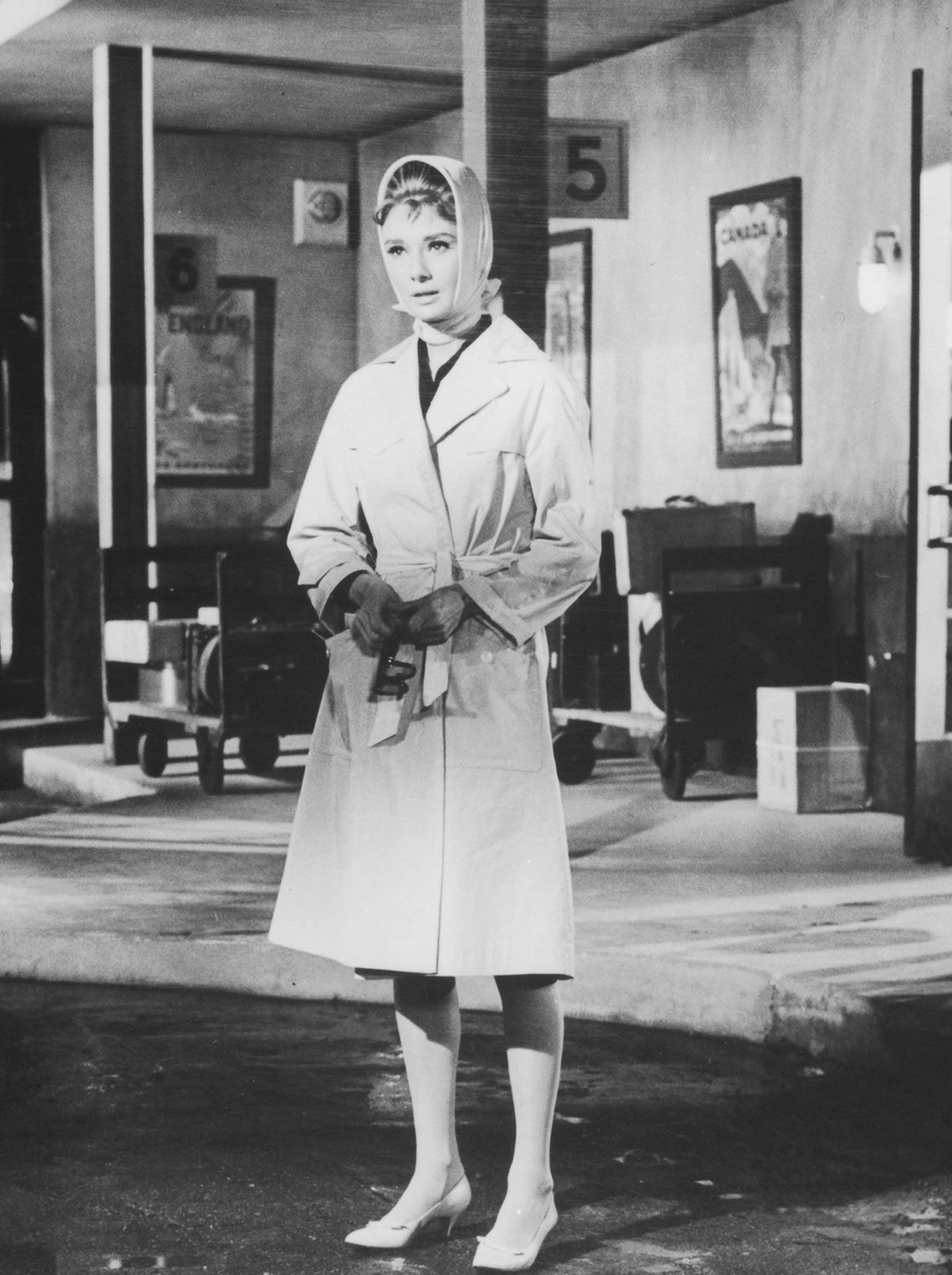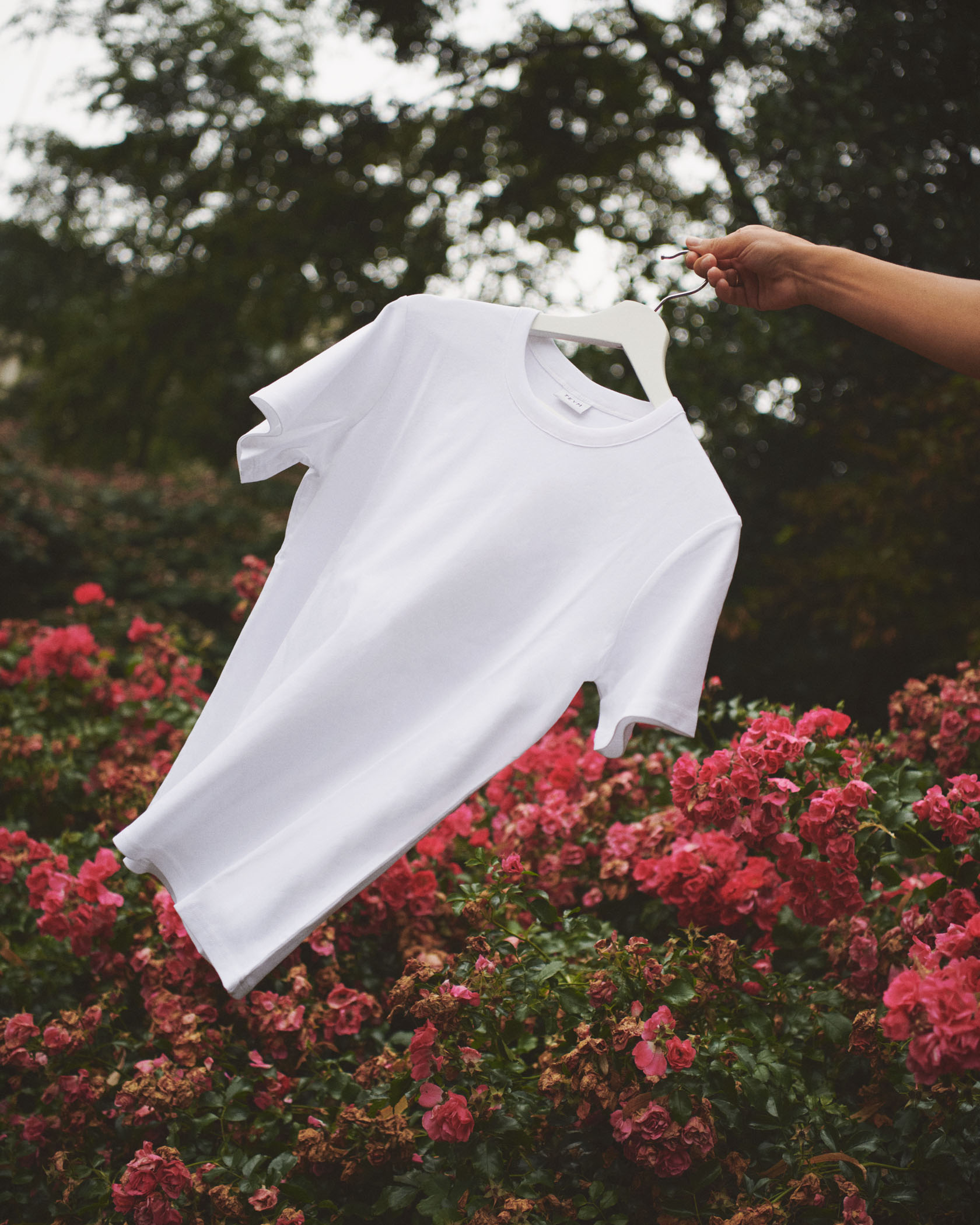
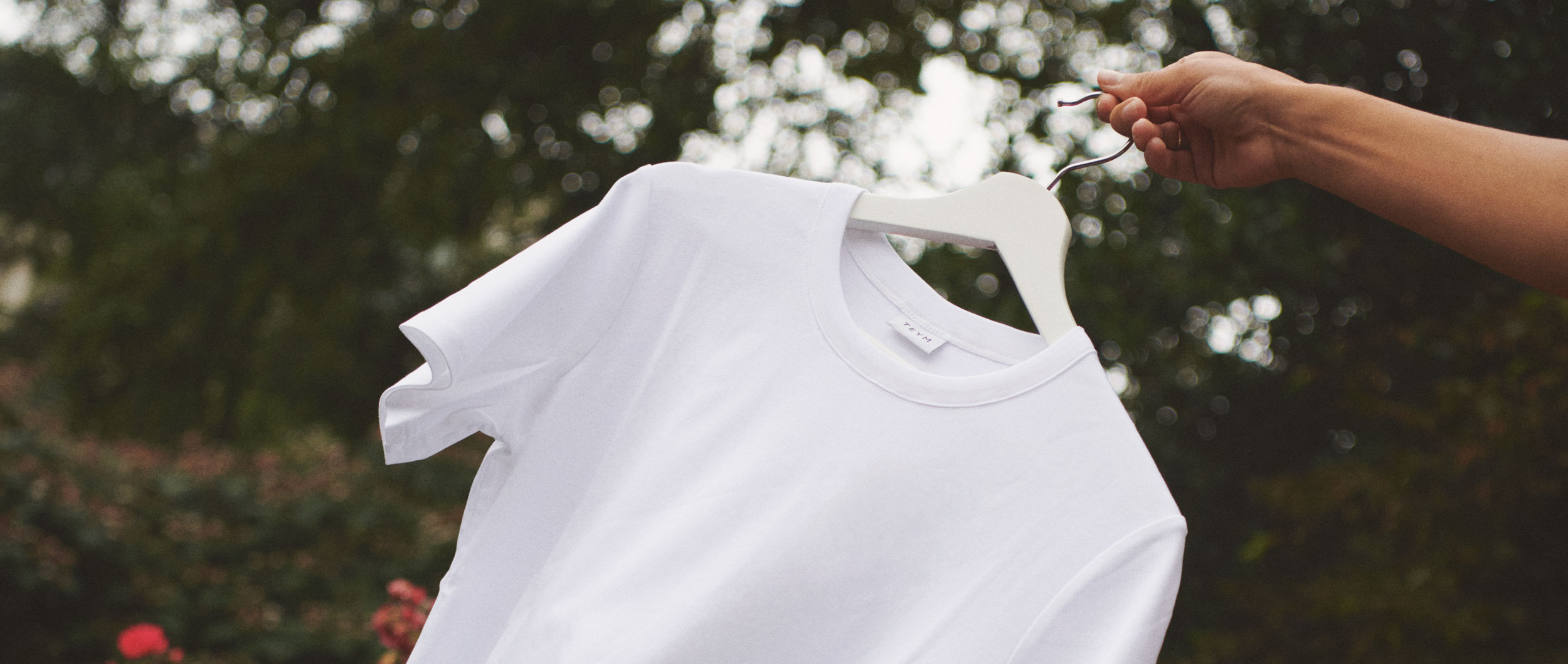
What is slow fashion?
/ Words: Gordon Tiemstra
/ Category: Sustainability
/ Published: December 2021
What is slow fashion?
What does slow fashion mean? Let’s start with fast fashion, we have been familiar with this term for quite a while. Big fashion brands like Zara, H&M and Primark are dominating the shopping streets. Their clothes are everywhere, from your Instagram feed to advertorials on the corner of your street. Their call to continuously buy new items can’t be missed. As a counter reaction, slow fashion brands are becoming increasingly popular. But what does slow fashion mean? What is slow fashion fighting for? In this blog we will explain the definition of slow fashion, the origin of slow fashion and last but not least, we’ll give you tips to recognize and shop slow fashion yourself.
What does slow fashion mean?
Let’s get a few things straight: slow fashion doesn’t have one clear origin. Slow fashion doesn’t involve science and therefore the word doesn’t have one exact meaning. When we are talking about slow fashion we rather define it as a movement; a group of like-minded people who fight for the same values. We hear you wondering, which values are you talking about? We listed the four most important values to help you out.
- Quality. Qualitative, minimalistic, non-trend orientated and timeless pieces that are made to last a lifetime.
- Friendly. Manufacturing products without overexploiting our climate and the garment workers who are involved in the supply chain.
- Fairtrade. Accessible retail prices for customers, in which the whole supply chain earns a fair price.
- Less. Slow fashion focuses on less middlemen in the supply chain (like expensive advertorials) and produces less items; every item is bought consciously.
Besides these four most important guidelines, the next actions are alternated: buying clothes second-hand, redeveloping old clothes, manufacturing your own garments and owning clothes that will last (because of their qualitative design and the quality of their materials).
How to recognize slow fashion
- Clothes to which you are emotionally attached will stay in your wardrobe for a longer period of time. For example, items you’ve made yourself or items you’ve chosen consciously.
- During the development of a product a minimal ecological footprint is always at the back of the company’s mind. From the first sheep they shaved up to the way they handle the transport of their products.
- Slow fashion is never produced by the cheapest brands, because their business model requires a high amount of purchases in order to still make enough profit. Stimulating overconsumption, like these brands often do, doesn’t meet the slow fashion standards. Slow fashion is produced by the brands you show your loyalty to and which bring you more joy. It is proven that you will wear your slow fashion sweater 50 times more than your cheap trendy sweater – a lot less expensive in the end!
- It is (still) hard for mass production companies to make slow fashion. That is why you mainly spot it at local fashion brands like Teym.
The biggest misconception is that slow fashion labels don’t pay any attention to their designs. On the contrary, they have more time to develop a new product which means it’s considered more carefully.
Can any brand claim to be slow fashion?
Slow fashion is not a protected title. It’s up to the brands themselves to decide if they are a slow fashion label or not. At Teym, we determined five golden rules we’ve sworn to live by, this is why we call ourselves a slow fashion brand. In the meantime, big brands like Arket are claiming to be part of the slow fashion movement while they are selling products for the cheapest prices which are developed for a fast chain. Therefore, it’s the responsibility of the customer to check if a brand is really practicing slow fashion or if they only use the term as a sales gimmick.
The origin of slow fashion
The slow fashion movement started as a countermovement against fast fashion: cheap clothes rapidly manufactured in exploiting working conditions. They don’t want to miss the latest trends after all. The world suffers because of fast fashion. Fast fashion exploits raw materials, people and the planet to make garments that won’t even last for more than a year. (Either because it already isn’t so trendy anymore or because the quality sucks). Notorious fast fashion manufacturers are Primark, Topshop and River Island. Perceive fast fashion like fast food, it tastes delicious at first, but it always makes you feel nauseous afterwards.
Kate Fletcher is the first person who used the word slow fashion in an article for the Ecologist in 2007. This sounds like an eternity ago, so you would think it’s fully integrated in our society by now. Unfortunately, it often takes more than 20 years before brands and people will change their behavior. It’s therefore safe to say we are currently at the start of the slow fashion movement.


Converting to slow fashion in 3 steps
- Build a more meaningful relationship with your clothes. It is proven that you’ll own items for a longer period of time if you’ve made a well-considered decision. Limit yourself to buy one sweater a year. It’s best to ponder, consider and then go for it. This sweater will be yours for the upcoming ten years and it will be your all-time favorite.
- For once, read the care label. Almost no one makes the effort to take a look at the care label, but it’s wise to do so. Know where your clothes are made – there are a lot of good factories situated in the EU, so your new pants don’t have to travel a thousand miles before they arrive at your doorstep.
- Does it sound too good to be true? It almost certainly is… You have the choice to buy a new merino sweater for €19,- at a fast fashion brand or a more expensive one at a slow fashion label. Do you think the merino sheep and the garment workers were treated the same for the €19,- sweater as for the €129,- sweater? And does it really feel the same? We for sure know that’s not the case. Choose consciously with your heart and your mind, instead of your wallet. Have a look at our Merino Sweater.
Do slow fashion certificates exist?
Unfortunately, these kinds of certifications don’t exist (yet). It’s hard to distinguish between slow fashion brands from non-slow fashion brands, because the real slow fashion brands don’t always know how to communicate their slow fashion practices. Our tip? We mentioned some characteristics before, use them as often as you can. Nonetheless, there are some important certifications when it comes to sustainability and fair-trade production.
Certifications:
- Made-by. Tries to improve ecological and ethical conditions in the fashion industry, they annually check their affiliated labels.
- Fairtrade Max Havelaar. Aims to pay cotton farmers a fair price for their cotton. They have to work as fair as possible in exchange.
- Global Organic Textile Standard. Aims for a climate friendly and ethical production of textiles (in a biological way).
- Fair wear foundation. An independent organization which strives for better working conditions in factories.
Why is Teym slow fashion?
Teym is founded with the slow fashion values as it’s foundation. That is why we don’t have to alter our ideas. It’s in our DNA to make sustainable basics that will last a lifetime. We follow the slow fashion guidelines and our own four Golden Rules. Curious? Find them here.
Teym sets a new bar for sustainable fashion by building One Impeccable Wardrobe. One item at a time, we’re creating the pieces we’ve spent years searching for. Developed in our Amsterdam atelier and made in Europe, Teym’s products guarantee outstanding design, expert quality and honest production at a fair price. Successfully started off with The Parka in 2015, piece by piece we are adding classic pieces to a slowly growing collection.

Want to know more about our sustainability? Take a look at our sustainability page.
